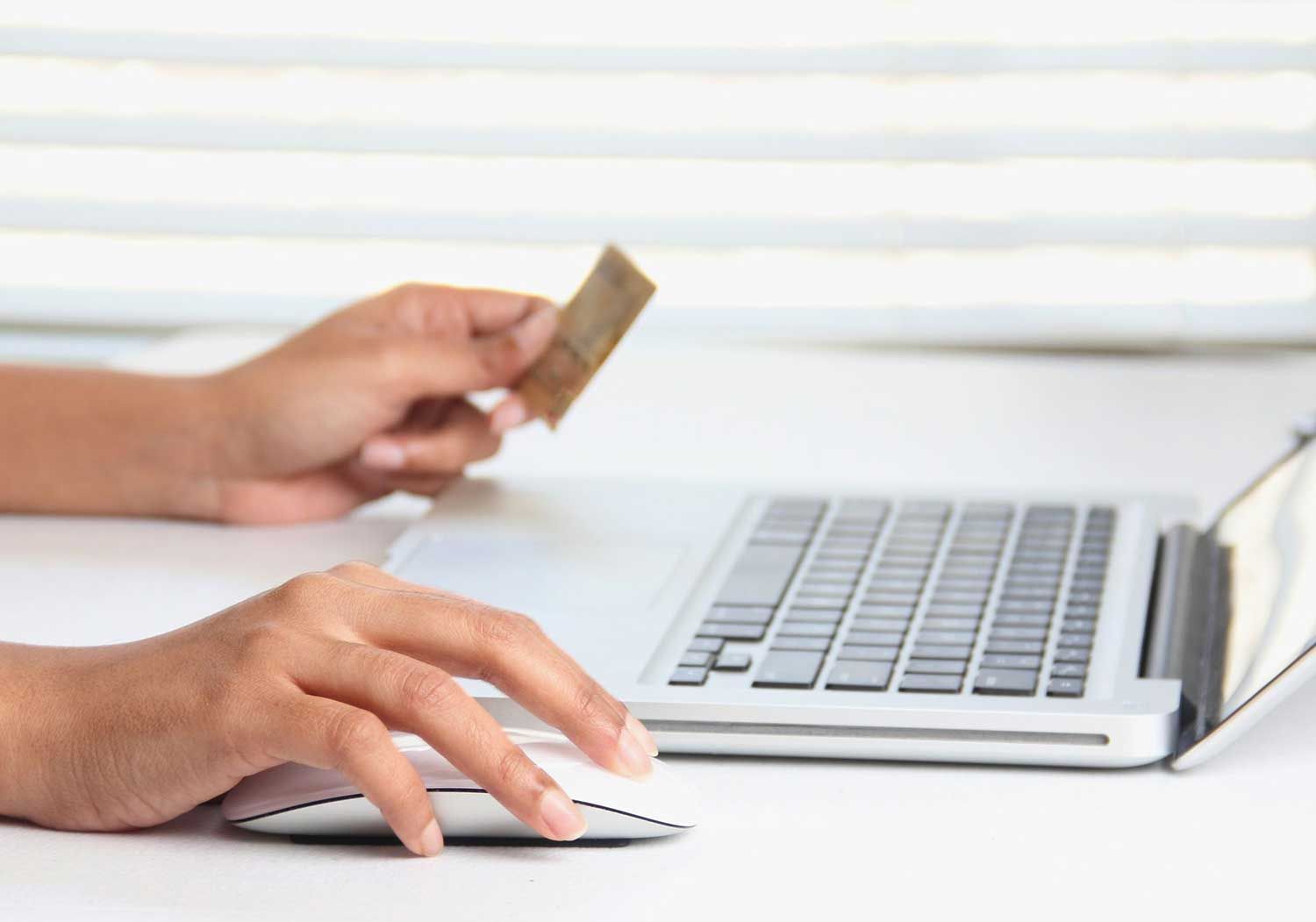 For many years, there have been two ways to pay with plastic – a credit card or a debit cards. Credit cards allow consumers to purchase goods and services and pay for them at a later date (often with interest, which can be quite high). Debit cards are usually tied to a checking account at a bank and allow consumers to essentially pay with cash while enjoying all the perks and security features of using a credit card.
For many years, there have been two ways to pay with plastic – a credit card or a debit cards. Credit cards allow consumers to purchase goods and services and pay for them at a later date (often with interest, which can be quite high). Debit cards are usually tied to a checking account at a bank and allow consumers to essentially pay with cash while enjoying all the perks and security features of using a credit card.
However, there is a third way to pay with plastic, the prepaid debit card (PDC). A PDC is like a debit card, in that it’s based on cash rather than credit, but they key here is the word “prepaid” – the funds are loaded on to the card before you use it and that is your limit. In other words, if you put $500 on your PDC, you have $500 to spend. PDCs can be a pretty handy tool to have in your wallet. They work just like a debit card and are accepted at most places that take MasterCard and Visa. They can even be issued by your bank (PNC, Chase and Fifth Third Bank all have PDCs available to their customers), although the majority of them are purchased through retail kiosks. While PDC’s have many positive attributes, there are some cautions to consider before using them. Below are some pros and cons of PDC’s:
PROS:
“Unbanked” Americans. There are nearly 10 million households in the United States that don’t have a bank account (“unbanked”) and another 20 million household that were had bank accounts but also used financial services outside of the banking industry (“underbanked”). The reasons could be many, from the inability to obtain a bank account due to past banking or credit history, to the fact they may just not want one. A PDC can help these individuals better manage their money and keep it safe.
Protection and Security. Beyond enabling people to purchase items where it is impossible to pay with cash, such as online shopping, a PDC is far more convenient and more secure than cash, particularly for those who live in higher-crime areas. Many PDC cards have some protection, so if the card is lost or stolen the funds aren’t gone with it. On the other hand, once cash is gone, it’s gone. Plus, as many PDC cards are not tied to a bank account, identity thieves have no personal information to hack.
Budgeting. PDC’s are a great way to establish budgeting practices. Some experts advise loading a PDC with a set amount of money each payday, or at least once a month, and using that as your spending money. Because the cards are reloadable and won’t let you spend any more money than is in the account, PDC’s can help you keep track of where your money is spent without worrying about overdrawing a checking account and incurring those fees.
Versatility. Because of their budgeting properties and overdraft inability, PDC’s can also be useful for those on fixed incomes, giving teenagers their allowances and friends and relatives visiting from overseas. They are also a great alternative to traveler’s checks, even for those who travel domestically – as mentioned above, they are safer than cash, and as the majority of them work on Visa or MasterCard’s networks, they are accepted just about anywhere.
CONS:
Fees. Many PDC’s have a variety of fees associated with them. Some of these fees may be waived if they’re bank-branded cards and you have a checking account with that bank, but for the PDC’s that are not affiliated with a bank, the fees may be avoidable. Fees can be for anything, including activating the card, loading money on to the card, using the card at an ATM, balance inquiries, customer service calls and monthly usage fees. While many of these fees are low – around $3.00 each – if you make a few ATM withdrawals each month, check your balance a couple of times and make a call or two to customer service, it can add up quickly. Many websites like this one offer comparisons between some PDC cards. Your best bet is to compare and contrast their features to see which one fits in with your budgetary restrictions.
Won’t build credit. If you are trying to establish credit, increase your credit score or rebuild your credit after a bankruptcy, a PDC is not the way to go. Even though it looks like a credit card and can function as such, because it is tied to cash and not credit, a PDC has no effect on your credit whatsoever. For credit-building purposes, you need to open an account that gets reported to the three credit bureaus to re-establish good credit. A regular credit card (there are cards available for people with bad credit) or a secured credit card, for which you pay a security deposit on your line of credit, are the best ways to do so.
Expiration dates. Like credit cards, PDCs have expiration dates, but unlike credit cards, you won’t automatically be issued a new card, so make sure you know what happens to your balance when the card expires. If you are not issued a new card, make sure you withdraw your money or transfer it to a new card well in advance of the expiration date on your current card, and if you are issued a new card, make sure your money will transfer over. It may seem like a no-brainer, but there have been instances when leftover money did not transfer to the new card. Always err on the side of caution.
Whether you are “banked” or “unbanked,” have great credit or bad credit, like to use credit cards or not, a prepaid debit card can be a handy tool to have in your wallet. It can help you keep better track of your cash, offers more convenience and security than cash, and usually has the power of Visa or MasterCard behind it. If you can find one whose fees are acceptable to you, a prepaid card may be worth a try.



